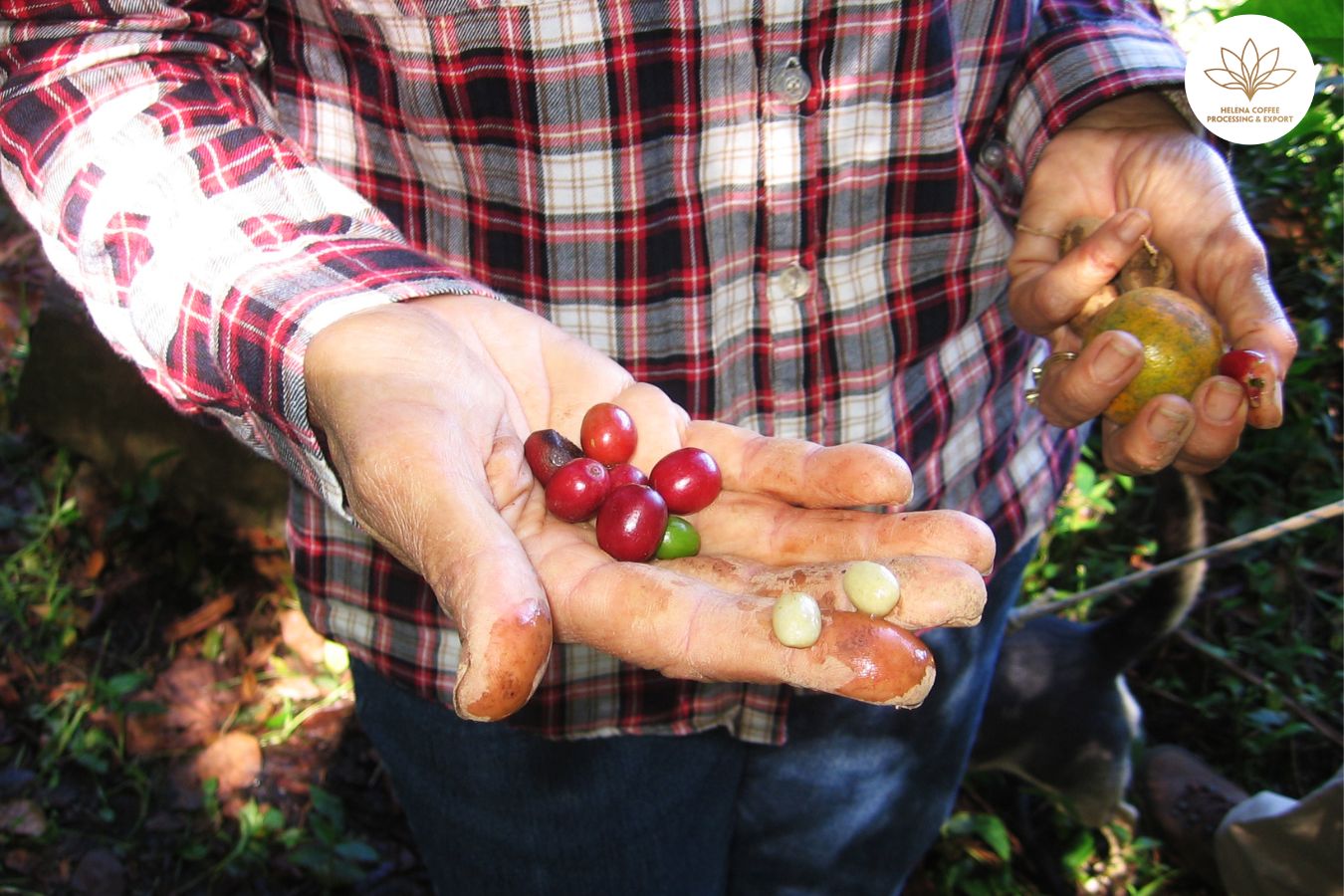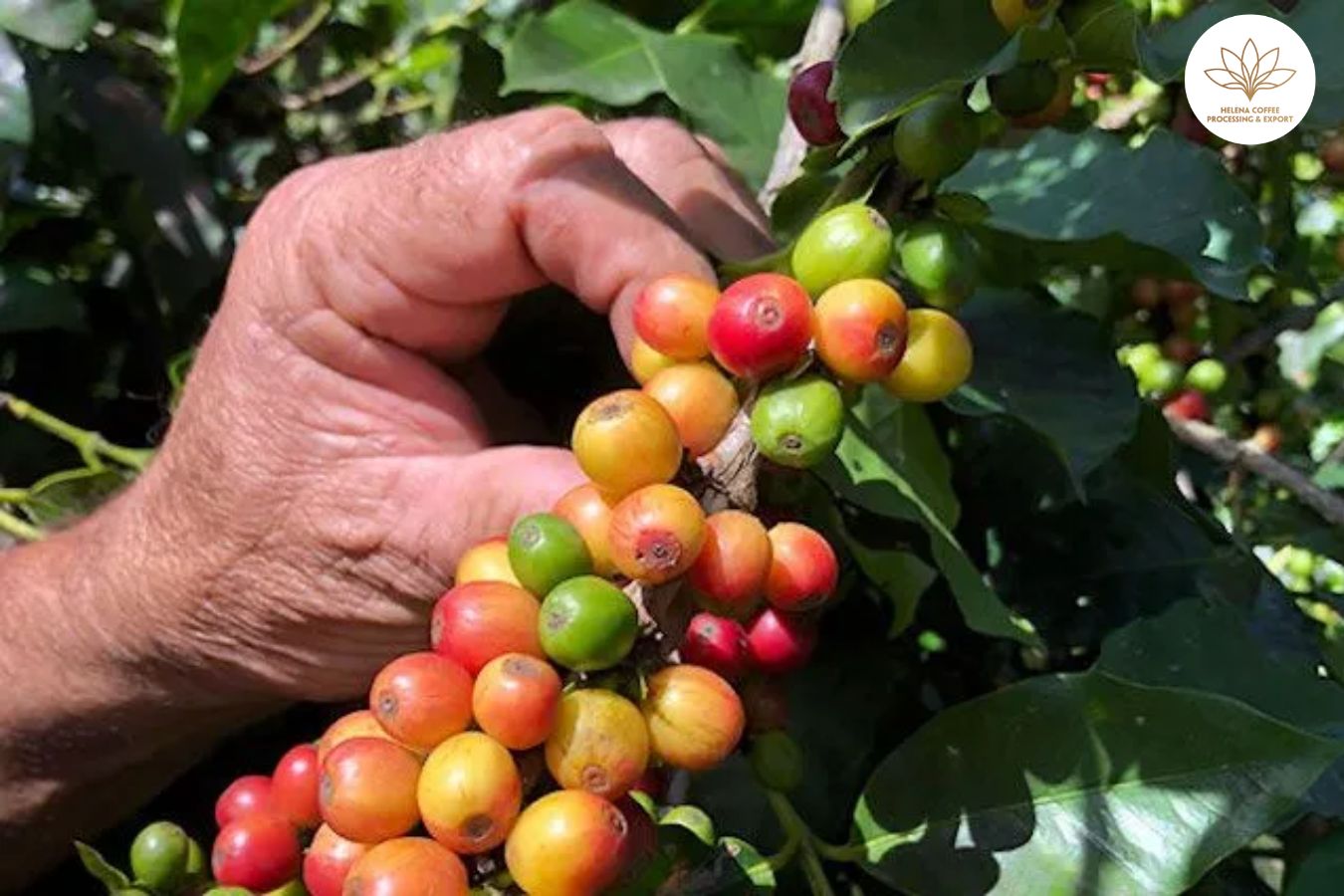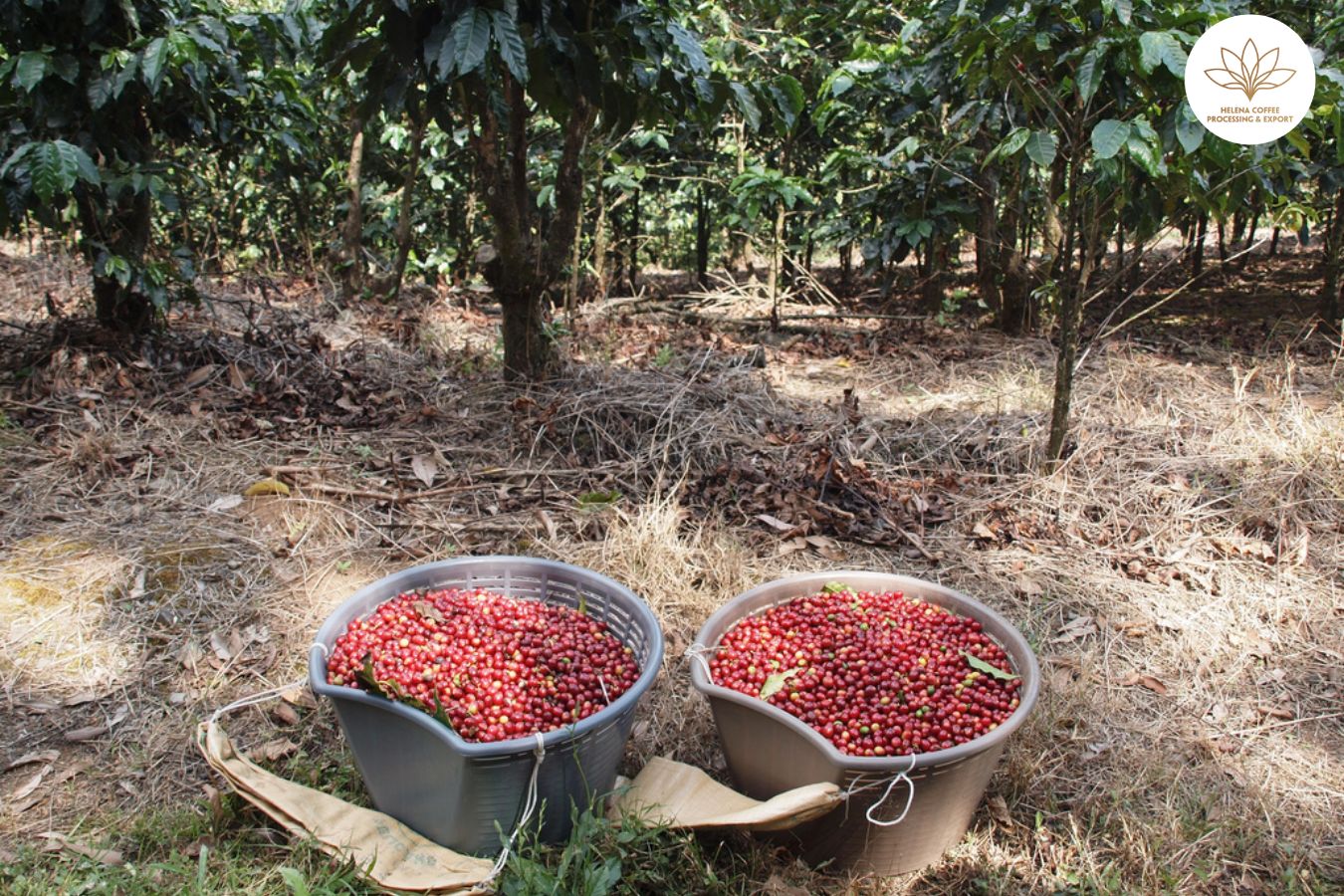
Puerto Rico coffee has exceeded expectations, what prospects await the growing specialty coffee industry in the future? Since the 1730s, Puerto Rico has cultivated a rich coffee heritage, peaking as the world’s seventh-largest coffee producer by the late 19th century. Yet, the aftermath of colonial dominion and a series of catastrophic hurricanes dealt a heavy blow to its coffee production. In the shadow of these challenges, the island has recently witnessed a revival, particularly in the realm of high-quality coffee cultivation.
In a remarkable feat, a Puerto Rican coffee scored a remarkable 92 points on Coffee Review in August 2023, an unprecedented achievement for the island’s coffee on the renowned platform. This historic accolade not only celebrates the island’s coffee sector but also signals an upward trajectory in coffee quality.
The pressing question now is whether Puerto Rico can ascend as a key player in the specialty coffee market. To explore this possibility, insights were gathered from Domenico Celli Borrero, the visionary behind Forgotten Forest, and Eduardo Trabada, co-founder of Baraka Coffee. Their perspectives shed light on the potential paths ahead for Puerto Rico’s coffee industry.
Grappling with Puerto Rico coffee legacy
Puerto Rico’s journey with coffee began under the yoke of colonialism when Spanish rule introduced the crop in 1736, initially as a modest source of revenue, with most of its yield serving the domestic market. By the twilight of the 19th century, the island had blossomed into a coffee powerhouse, churning out over 30 million pounds (approximately 13.6 million kg) of green coffee annually.
The island’s fate, and that of its coffee, took a dramatic turn in 1898 when the United States took control of Spain. The change in governance brought coffee’s burgeoning growth to an abrupt standstill as new incentives pushed farmers toward alternative cash crops like sugarcane and pineapple.
Domenico, the visionary behind the innovative Forgotten Forest coffee farm nestled in Puerto Rico’s La Cordillera Central mountains, sheds light on the subsequent American influence over the island’s coffee industry.
“Post-1950s, there was a deliberate push to transform Puerto Rico’s social and economic landscape into a more industrialized economy,” Domenico notes. “Unfortunately, this often came at the expense of—and sometimes in outright conflict with—the island’s sustainable agricultural practices.”
Despite recovery efforts by local farmers in the 1980s, Puerto Rico’s coffee sector has struggled to regain its former glory. Repeated economic struggles coupled with the ravages of natural disasters, such as Hurricane Georges, have wrought havoc on the industry.
A Resilient Coffee Industry Facing Trials
Domenico points out that since the 1990s, the allure of more lucrative crops has led over 10,000 Puerto Rican farmers to shift away from coffee cultivation.
The 2010s witnessed the nadir of the island’s coffee output, with exports dwindling to a trickle. In 2017, the situation worsened when Hurricanes Irma and Maria ravaged the island, decimating up to 90% of its coffee plants in their wake.
The coffee sector faced further adversity in 2020 with the onslaught of Hurricane Isaias, dealing another blow to the already fragile industry. Currently, approximately 4,000 coffee farmers persist, producing nearly three million pounds (around 1.4 million kg) of green coffee annually.
Domenico reflects soberly, “By all accounts, it would seem that Puerto Rican coffee cultivation is teetering on the brink of collapse.”
Compounding the issue is the residual impact of colonialism and stringent market regulations, which suppress coffee prices and dissuade investment in premium coffee production.
He reveals a telling detail about the local industry mindset: “When we encourage pickers to harvest solely ripe coffee cherries, they often respond with disbelief, regarding the task as unfeasible.”
The state of coffee in Puerto Rican
Though the 1970s saw a minor uptick in robusta coffee in Puerto Rico, arabica remains the predominant variety cultivated, complemented by modest amounts of excelsa and Liberia.
The heart of Puerto Rican coffee cultivation beats in La Cordillera Central, favored for its climatic perfection for coffee growth. The diverse microclimates of this mountain range give birth to distinct flavor profiles, each a testament to the unique terroirs they spring from.
Due to the island’s tropical conditions, which challenge alternative methods, most Puerto Rican producers have traditionally adopted the washed processing method for their beans.
Yet, Puerto Rico’s relationship with coffee extends beyond production; it is also a significant consumer.
Domenico shares, “Annually, we consume around 30 million pounds of coffee. However, we import about 23 to 28 million pounds, primarily from Mexico and the Dominican Republic, to meet this demand.” The decline in local production over the years has necessitated these imports, but the process is tightly regulated.
Only the USDA and the PRDA have legal clearance to bring green coffee into the territory, a policy shaped by the complicated political ties between the US and Puerto Rico.
This situation has led to a market largely dominated by major roasters, such as the Coca-Cola subsidiary Puerto Rico Coffee Roasters, which purchases the lion’s share of imported coffee. This dominance makes it tough for smaller, independent roasters to gain a foothold.
Further muddying the waters, some larger roasting companies mix local Puerto Rican beans with imported ones of lesser quality.
Domenico laments, “The tragic irony is that most Puerto Ricans may have never experienced a cup of pure Puerto Rican coffee. It’s an emblem of national pride, yet many remain unaware of the island’s diminished production.”
Shifting Dynamics in the Coffee Trade
Eduardo, who co-founded Baraka Coffee, is at the forefront of specialty coffee roasting in Puerto Rico.
He observes a striking imbalance in the island’s coffee trade: a mere 8% to 10% of Puerto Rico’s homegrown coffee makes it to the international market. In stark contrast, smaller enterprises like Baraka are able to export as much as 40% of their specialty roasted coffee to foreign markets.
Larger roasting operations often purchase semi-roasted beans from the PRDA, which they then mix with local coffee. Officially, this process is justified as a preventive measure against pests and diseases, notably the coffee berry borer. However, there is speculation that this practice is also a cost-saving response to the decline in domestic coffee production.
For Puerto Rican specialty coffees, the irony is that most are exported before local roasters even have the chance to bid for them. With specialty green coffee fetching prices over US $25 per pound, the consequence is that many island coffee shops and roasters look beyond local sources for their beans.
Enhancing Puerto Rico coffee sector through smallholder innovation
Achieving the first-ever 92-point rating from Coffee Review for a Puerto Rican coffee is a monumental milestone. It’s essential to recognize, though, that Coffee Review’s scoring framework differs from those of the Specialty Coffee Association and the Coffee Quality Institute, being somewhat less structured and stringent.
Domenico, the creator of the anaerobic natural “cordial cherry” processed coffee behind this landmark score, views the accomplishment as a pivotal moment for Forgotten Forest.

He reflects, “Being overlooked can lead to a loss of aspiration or the forgetting of one’s potential. But in Puerto Rico, we’re custodians of knowledge that spans centuries; there’s absolutely no reason we can’t craft coffee that stands among the world’s best.”
Echoing this sentiment, Eduardo expresses his astonishment: “That 92-point evaluation from Coffee Review was staggering. It’s an outlier when you consider that Puerto Rican coffees typically achieve scores in the low to mid-80s, regardless of the processing method.”
Navigating obstacles in Puerto Rico coffee journey
Puerto Rico’s coffee sector, while ripe with potential, is confronting significant hurdles. Specialty coffee producers on the island grapple with labor shortages and the implications of U.S. federal minimum wage laws, which exacerbate the already steep costs of production.
What’s more, efforts to market Puerto Rican specialty coffee internationally are minimal. Although organizations like TechnoServe have stepped in to assist producers, aid initiatives have historically sparked debate among the island’s farmers.
Post-Hurricane Maria, for instance, the distribution of millions of seedlings prioritized quantity over quality, favoring large-scale farms with high-yielding, but lower-grade coffee varieties.
Domenico points out, “There’s been a steady reduction in local aid over recent years. This has resulted in less access to subsidies, fertilizers, calcium powder, and other essential farming inputs.”
Cultivating awareness and community
In the absence of an official Specialty Coffee Association presence, Puerto Rico’s coffee artisans and roasters are banding together to elevate the profile of their unique coffee sector.
Domenico suggests that one of the keys to overcoming these challenges is implementing “radical traceability”. To illustrate, Forgotten Forest has developed a tracking system that allows buyers to follow their coffee through every stage of the supply chain.
Embracing a similar philosophy, Baraka Coffee is fostering transparency to strengthen the connection between consumers and local producers.
Domenico emphasizes the resolve of these producers, “We are committed to preserving not just Puerto Rico’s coffee, but also the rich cultural legacy it represents.”
The importance of coffee to Puerto Rico is profound. Despite enduring trials and tribulations, the coffee sector stands resilient, eager to evolve and flourish.
The path to making Puerto Rico a renowned producer and exporter of specialty coffee may be long, but it is clear that with increased support and guidance, the tenacious smallholder producers can make significant strides toward this goal.
FAQS: